How Much Does It Cost To Design a Mobile App
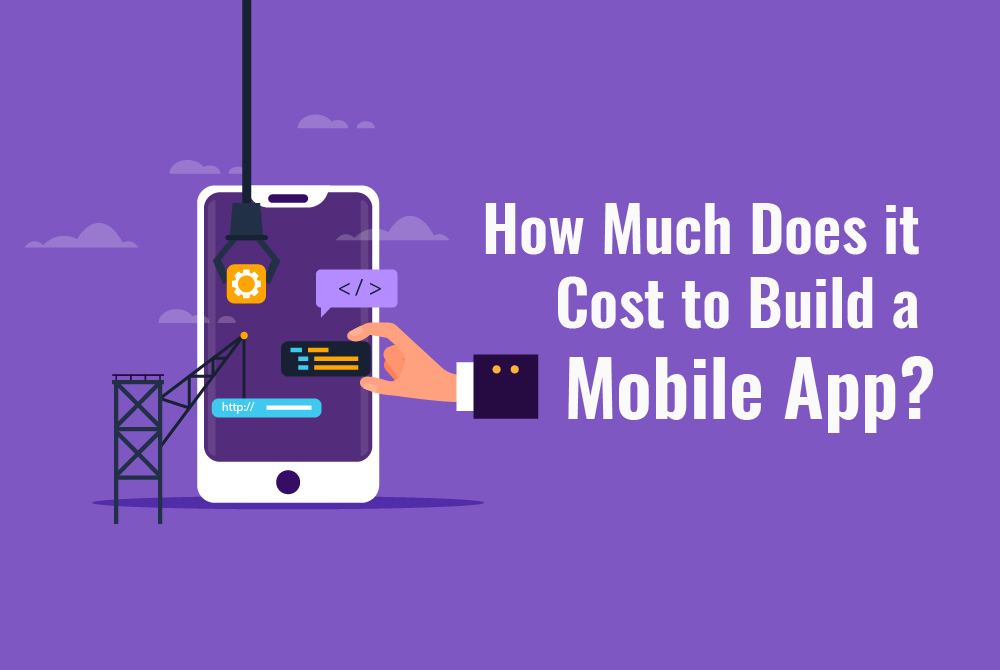 In the mobile app sector, all effort you take to make your application innovative and disruptive eventually boils down to its plan.
In the mobile app sector, all effort you take to make your application innovative and disruptive eventually boils down to its plan.
There is a lot that drives on the all-encompassing term "mobile app design." It single-handedly determines whether users would give any time in the application, and if at all, your month's long efforts would result in a profitable solution that the world would interact.
For a process that the complete soon to be $311,249 million business is reliant on, there are several things that a design-centric mobile app development company has to consider:
- User research
- Competitor analysis
- User Experience design
- Interaction design
- Graphics design
- Logo and app icons, plans, etc.
These considerations, in turn, come with a price.
While cheaper than the engineering price, the mobile app design cost nonetheless holds a better portion in the detailing of the total mobile app cost.
In this blog, we are going to see the factors that make up for the mobile app design cost in more detail.
- Table Of Content:
- The Significance of App Design in Mobile App Development Process
- Stages of App Design Process
- How Much Does it Require to Design a Mobile Application?
- How to enhance the Mobile App Design Cost
The Significance of App Design in Mobile App Development Process
Every design portion devises to solve particular problems. It doesn't imply whether you are developing an application from redesigning or scratch an app, the end aim of every individual process of your designing efforts should remain the same – solving an issue most minimally as possible.
A well-crafted mobile application UX and UI design regularly provide the following benefits:
- Simplifies the interaction with the interface
- Converts users into consumers
- Enables users to reach their objectives faster
- Streamlines the development part of the application
Stages of App Design Process
Idea Evaluation
This portion of the mobile app design process deals with understanding the project to its entirety – what issues do the customers face and how the app would solve those issues for them. One method through which the idea can evaluate is through the creation of a lean design canvas.
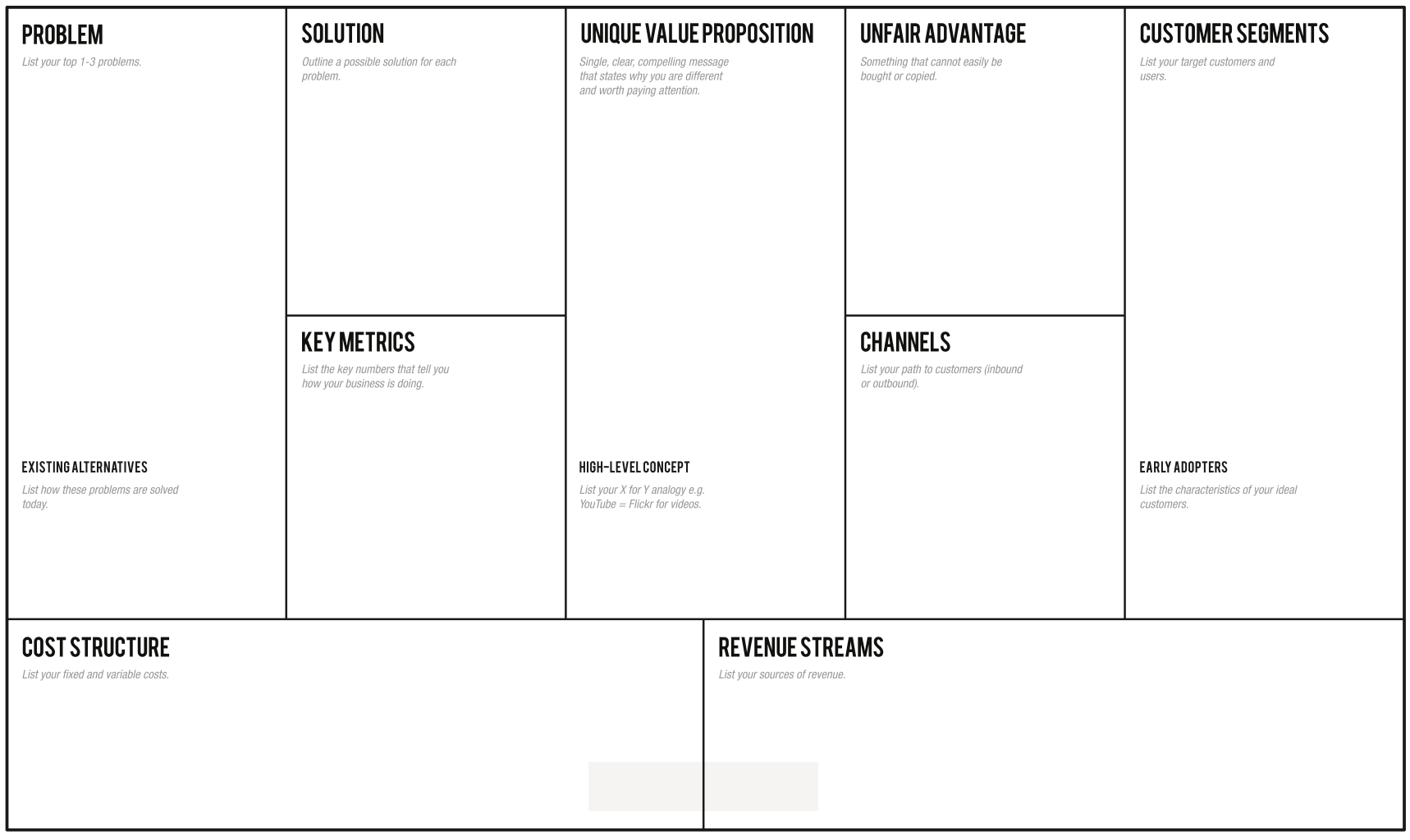
Problem: This section of the model describes the difficulties which the app answers.
Customer Segments: This is where you insert the details of your proposed users and create a segmentation.
USP: This is anywhere you will have to fill in the details of what your application does best and most unique compared to the opponents.
Solutions: Here, the feasible solutions that the app can contribute to the best of problem, USP, and customer type combination identifier.
Channels: this is where you should list the platforms where your users will be prompt
Revenue Streams: This part aims to build a business model highlighting the methods you can earn money via the app.
Expense structure: Here, the investments you will have to acquire to develop the application list.
Key Metrics: These are the KPIs. You will measure your app's success.
Unfair Advantage: This is the detail of the benefits that your app has but not your opponents – partnership, a disruptive technology, financial aid, or something else.
Market Research
Analysis of the business your application is a three-tier process – competitive research, customer analysis, and market trends analysis.
We initiated the market research process by first analyzing the opponents– not to copy them but to find out the possibilities in the market. Doing this provides a benchmark that we have to meet, on the design and features grounds.
Next, we study the market and discover what is in trend and what parts are users interacting with most.
Deliverables: Use case, behavioral sciences, and user stories
Tools: interviews, user persona, A/B tests
Mind map
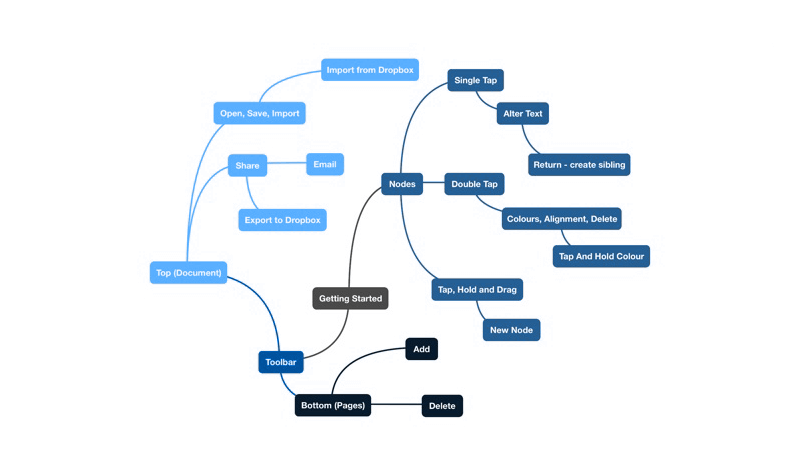
This element of the mobile app design method takes you back to the lean model canvas elements. It takes into account all the different needs of your application to help you envision the logical structure or connection between the main aspects of the app.
When we made mind maps, we place the aim of the app at the center and create segments of the target around it. Then, we develop features/requirements for all these parts.
User Persona
The following step of our mobile app design process is the creation of user persona. This part of the design details who you are designing the app.
Ideally, the user persona portrait should consist of:
- Their demographics
- The social stature
- Their behavioral model
This segment of the mobile app design process has helped our development team various times to collect an understanding of who they are developing the app for and what all they would not appreciate/ appreciate.
User Journey Mapping
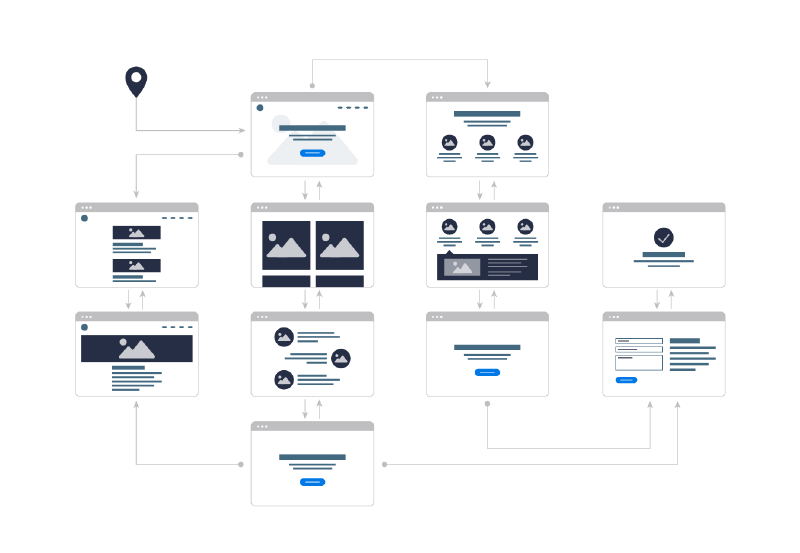
Once you have recognized who your users are, you will have to gather the perception of how they will use the application. It is where the user journey mapping portion of the app design comes into the picture.
This app design deliverable opportunities with the creation of how users would get inside the app – the features they would communicate with, where it would reach them, and the moves they would take if they hit a wall.
Prototype
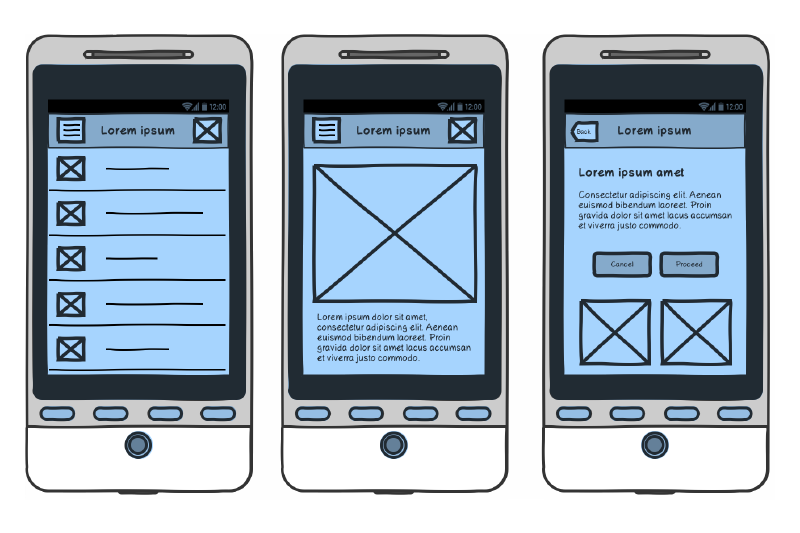
The next part of the process is the app prototype. Here, we structure the ideas into pleasant experiences for users who would communicate with the application. At this stage, it is ensuring that the flow between features and screens should be so natural that users should not even notice.
To create a prototype, iterations must be made until the flow is nailed based on the feedback. The level of repetitions is what determines the app prototype price.
At brainsmithslabs, our crews work on the prototypes collectively. Everyone: Developers, Clients work, and Business Analyststogether to create an application that everyone can accept. It, in turn, helps in identifying issues and confusion that could happen at the development step.
Deliverables: interactive prototypes, App screen wireframe
User Interface Design
User Interface design is all about showing a story of how the user would think as they move from a single screen to another.
It is where the look and feel of the app is design – its elements, colors, shapes, typography, etc. Our mobile app developers do not just see into what the users will see when they utilize the app but also what they would consider. Thus, we focus our efforts on not only static design but also animated versions. User interface design principally encompasses three elements – Logo, Screens, and App Icons. These are the factors which then get added to the numeric value of mobile app design cost.
Deliverables: App logo, app icons, animations, and screenshots for the stores.
How Much Does it price to Design a Mobile App?
With the need and stages of the mobile app design section covered, let's talk about the financial sector of mobile app design, a.k.a. The App Designing Cost failure.
The cost of app design is primarily dependent on three factors – Complexity of the app, the nation wise app design cost, and the platforms on which it would be live. Let us dissect every portion of what goes into app design costs in detail.
Cost of Mobile App Design based on Platforms
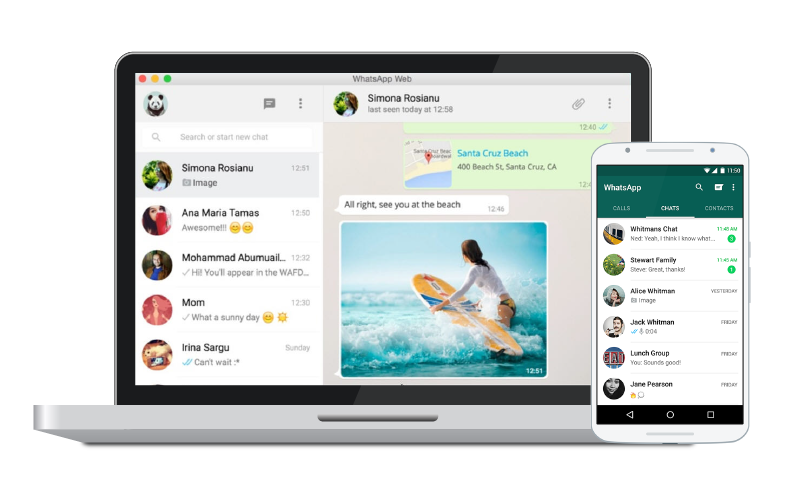
Platforms like iOS and Android vary in how they operate and look. While on one part, the Android application has to match with different formats and resolutions, the equivalent is not the case with iOS for everything is achieved. It is the reason why Android app design is more expensive than iOS app design costs.
iOS vs. Android App Design Cost
Although the app design cost might not differ significantly between iOS and Android apps, there is some points difference.
There was a time when iOS app UX and UI designers used to charge because of the stringent store guidelines. The situation has changed. Google, too has come to strive ahead to ensure high quality in terms of what goes into the store, and thus, they also have started following a rigorous approval process.
So the comparison between Android and iOS application design cost has come down to the number of platforms and the device type.
Let us see at it from iOS App Design Cost front first:
iPhone only – The entry models don't require designers to create images specifically for retina display. So, the near designing cost falls in the range of $2,500 to $10,000.
iPhone 6 Plus and forward – Designing apps for iPhone 6 and forward adds 25% to the cost. These devices come with retina display, which calls for high-resolution files, which in turn, comes with an attached fee.
iPad – iPad app design increase 50% to the price. They don't just need high resolution but also design parts to meet the size and speed of the iPads.
Now discussing of Android app design cost:
The Android devices are continually changing, and changing with them are the rules of designing in the Google Material Design method. The Android app designers continuously have to accommodate to new design and frameworks ideologies to keep up with the modifications, which comes associated with a price.
Since the number of platforms that a creator has to work on is much more significant than iOS, the Android app design price automatically maximize.
Mobile App Design Cost by App Complexity
Whether we discuss the mobile app design cost or the cost of mobile app development, three complexity levels are considered when the app design cost estimate has to draw.
Simple Apps:
These are the applications that are a maximum of 3 screens long and use next to zero interactive and animations design elements. Apps like Calculators and Alarm fall beneath this category. These apps regularly are not designed to satisfy the demand for particular platforms, for they look alike on all screens.
Medium Complexity Apps:
These apps are the one which makes use of various interactive elements and animations along with multiple screens. They are usually designed individually for iOS and Android platforms and are prepared to meet the natural feel and look of the platform and heavily rely on Human Interface design guidelines and Google Material design policies.
Most of the apps that you use daily like Uber and WhatsApp etc. are examples of what an average complexity app views.
High Complexity Apps:
These are the applications that are highly dependent on designs to serve their goal. Here, a lot of transitions and animations are used to help users move from one screen to another and eventually change into a regular user.
These apps make use of a massive number of screens and usually work on multiple screens – all demanding a device-centric native UI design.
Mobile App Design Cost by Country
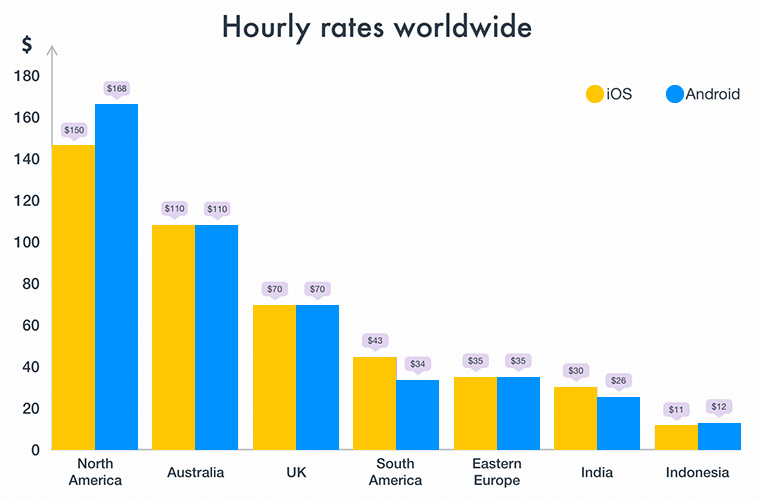
The work accomplished keeping the same place intact might differ significantly between an author in the USA and an author in India.
For example, a USA based UI designer might charge $250 per hour, while an eastern nation design might require around $80 – $100 on average per hour.
How to enhance the Mobile App Design Cost
There are several proven strategies we use for our startup clients, who are particular about quality but work with a limited budget.
Workaround a strategy – a set strategy can be an excellent method to cut back the app design price.
Concentrate on the must-have features – we always value our customers to work on the must-have feature set of the application to begin with somewhat of designing a full-fledged app that could keep for stage two of the project.
Use templates – while not ideal, using models can be an excellent way to cut back high app designing prices for very least efforts are needed from the designers' point.









Add comment